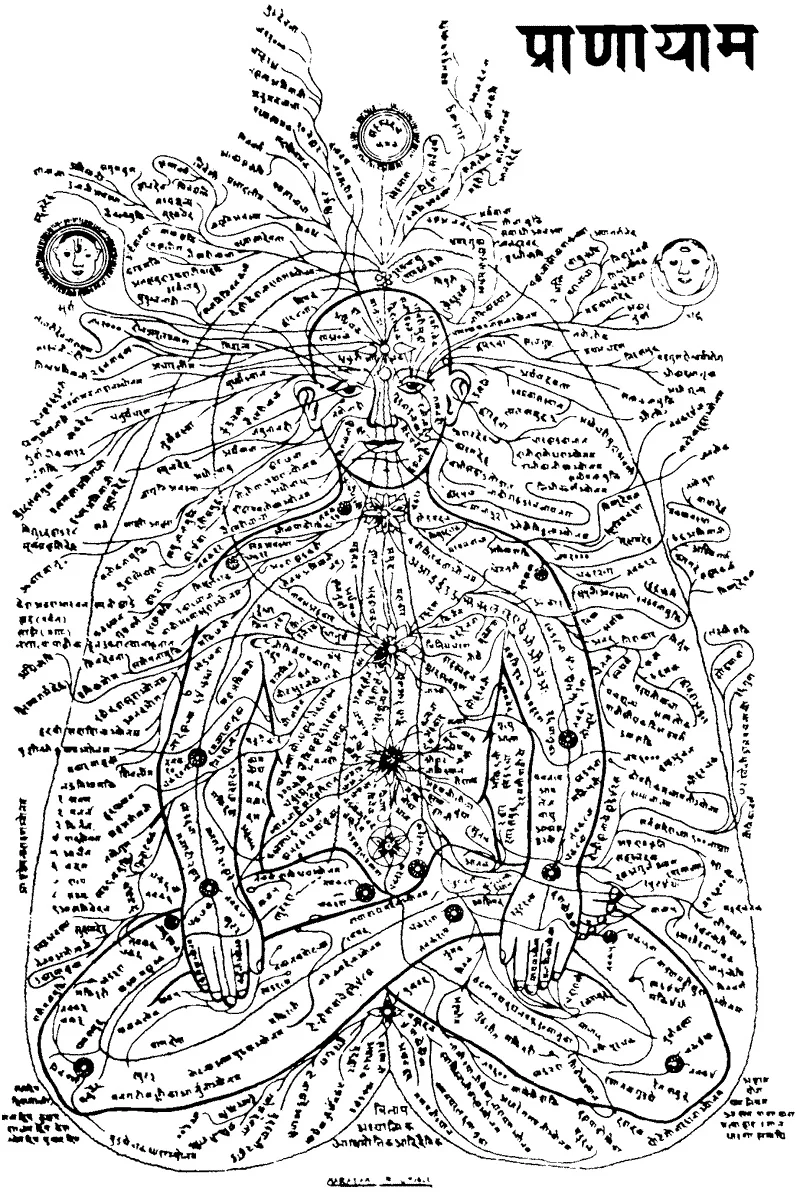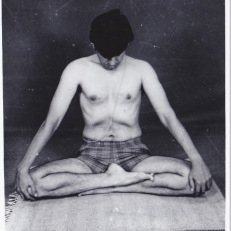Pranayama
Prana = life force. Ayama = to extend/to lengthen or that which help us go beyond.
“Our breath – like our heartbeat– is the most reliable rhythm in our lives”
The physical act of breathing is said to have a very subtle influence on the level of consciousness. It aims at directly awakening the highest human potential. Pranayama brings you to the doorway of meditation, the true home of your own mind and heart. The act of breathing is the man's soul companion and its most valuable treasure.
We experience Pranayama as this power that wants us to live, and won’t let us stop until we have completed our journey. It has its own inner wisdom and benevolent purpose. It is far stronger and greater than our own willfulness and has inner secrets that it wants to reveal if we just listen and attend to it. To attend to the flow of the breath is to experience the generous and continuous presence of grace. Pranayama maintains and keeps the spiritual life alive, just as breath keeps the biological life alive. It can awaken the highest human potential because the thoughts and movements of the mind ride on the currents of prana.
When we focus on the breath, we are listening to and contemplating the true nature of consciousness as it is spoken through the breath. Breathing is therefore more than a simple physical action each breath has an underlying significance and a particular “coded message." If you can realize the true reality of the breath, you can realize the atma or soul.
It is the mechanics of respiration that opens up the space for pranic energy and for the spread of consciousness. Our individual life and will, our thoughts, desires and aspirations hang by the thin and delicate strand of prana in the form of the breath, which is our connection to the universal force of nature.
Breathing with the awareness of the heart is a way of entering the silence of the heart, a moment of inner calmness and joy, and steadiness of mind. You will become established in your own natural inner silence.
Blow the Dust Out of the Nadi
In the yoga tradition, Nadis are often thought of as channels in which energy can move through the body — or possibly what we call the central nervous system, All pass through the heart and our breath is the tool that best facilitates this movement. Krishnamacharya would say “Pranayama blows the dust out of the nadis’”
There are 727,210,201 nadis in the body. There are 101 principle Nadis, and each of them has 100 branches. Every one of these has 72,000 sub-branches in which the Vyana moves. Vyana sustains and guides all motor and muscle parts of the body, voluntary and involuntary.
Breathing is fundamental to health and serenity
Did you know we take a breath 8-12 times a minute every hour of the day, year in and year out? Nothing is more fundamental to life than breath. Natural, free and full breathing is something we take for granted, so much so that we don’t ever even think about it.
Here is a staggering statistic for you — one in four Americans suffer from breathing problems, particularly the elderly or those with a sedentary lifestyle. While our breathing muscles (i.e. the diaphragm and intercostal muscles) may seem immune to the usual loss of muscle mass that occur with age, they are not. Like any muscle in the body, unless challenged on a regular basis, they will suffer a similar loss of muscle mass – and function – as do other muscles in the body. The result is often dyspnea — a chronic shortness of breath. And since every cell in our body depends on a plentiful supply of oxygen moment by moment, that in turn predisposes you for negative mood states, like anxiety and depression, and a host of other health issues.
Breath is the bridge between your body and mind
Success of asana is not measured by asana itself, but by the degrees to which it facilitates Pranayama. Indeed the conscious entity, which is the sole Seer, resides in the heart.
The beauty of unifying the breath and movement is typically done in traditional sitting postures — such as symmetrical still postures often used in Meditation. Pranayama needs to be sustained, with frequency, consistency and competence, as the primary tool. Similarly, all yoga-vinyasa movements require controlled breathing in the form of Ujjayi.
Ujjayi breathing is one of the foundational techniques of pranayama. It resides in the notion of “sounding” without language. and establishing a core relationship with using the breath primarily with the exhale and inhale in relationship to asana.
Shanmuki mudra or Six hole seal - with the fingers closing off the “senses” and the thumbs pressed into the ears one can listen to the inner pulse of the breath and find a deep calming effect.
Pranayama practice mobilizes pranic shakti
In Pranayama practice, one tries to mobilize Pranic Shakti with the movement of “consciousness,” which is attached to the movement of the breath. In pranayama, it is the consciousness, with its accompanying pranic Shakti, that spreads to the individual cell. It is a union of this “cosmic life force” with the cellular life force.
This “cosmic pranic energy” spreads along the body spaces created by respiration. It spreads along the body layers, underneath the skin, the mucous membranes and the peritoneum lining. The individual cells, when they get soaked in Pranic energy, feed back their imprints to the central nervous system through the nerve centers. Thus, with asana and Pranayama practice, through the mobilization of “consciousness,” the central nervous system learns to receive cosmic vibrations directly through the nerve cells and its plexuses. Pranayama helps one to develop an expanded state of consciousness.
When this happens we can actually visualize the spread of Pranic energy in the body, in the form of ”eternal white light.” In fact, the body contour gets illuminated along the spread of breath and consciousness. With the practice of Pranayama, depending upon the level of involvement of the mind, and the spread of individual consciousness along the spread of breath, one can reach the source of the eternal light in the body and or outside the body.





